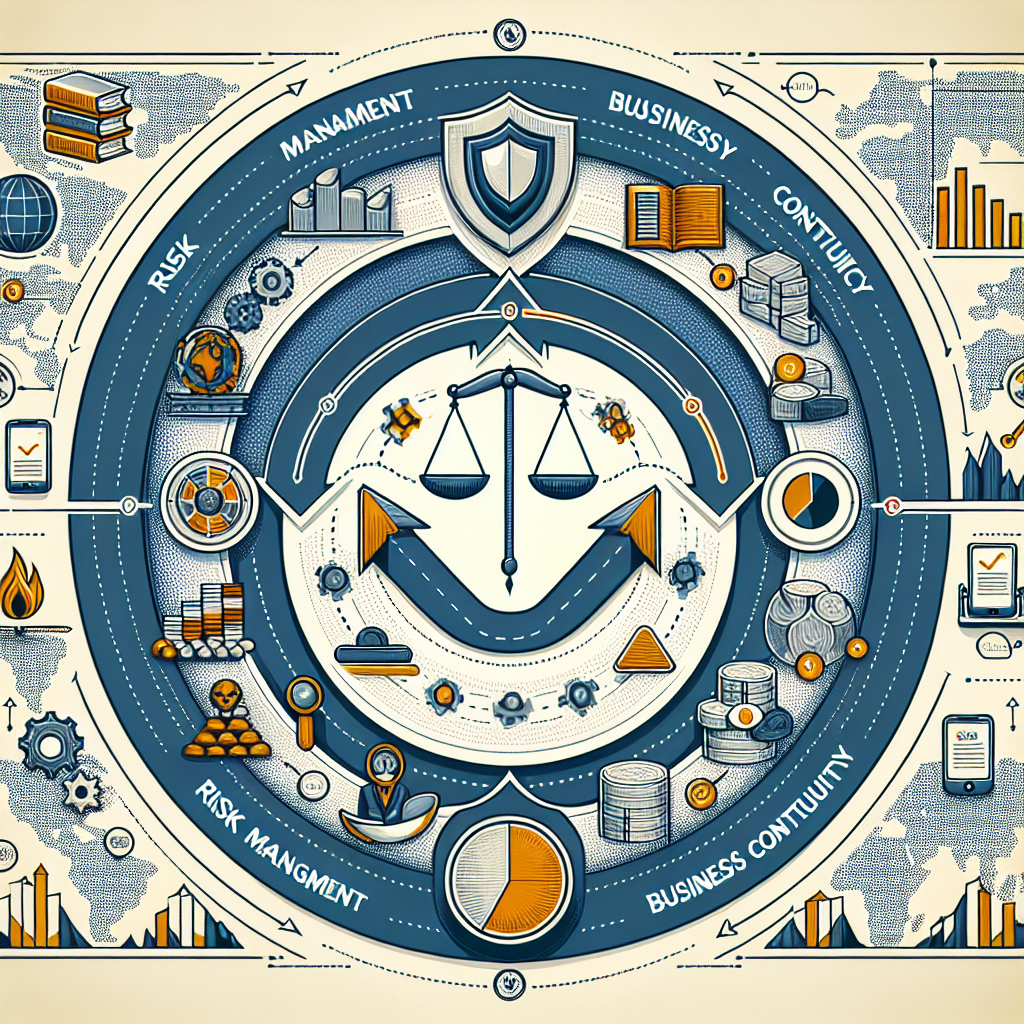In today’s fast-paced and ever-changing business landscape, it is crucial for companies to be prepared for the unexpected. Whether it be a natural disaster, a cyber attack, or a global pandemic, having a solid business continuity plan in place can mean the difference between survival and failure.
A business continuity plan is a document that outlines how a company will continue to operate during and after a disruptive event. It is designed to ensure that critical business functions can continue to run smoothly, even in the face of adversity.
Developing a business continuity plan can be a daunting task, but it is essential for the long-term success of any organization. Here are some key steps to help you create a comprehensive and effective plan:
1. Identify your critical business functions: The first step in developing a business continuity plan is to identify the key functions that are essential for your company’s operations. This could include things like IT systems, customer service, production processes, and supply chain management.
2. Assess potential risks: Once you have identified your critical business functions, it is important to assess the potential risks that could disrupt these functions. This could include natural disasters, cyber attacks, equipment failures, or even human error.
3. Develop a response plan: Based on your assessment of potential risks, you can develop a response plan that outlines how your company will respond to each type of disruption. This could include steps such as activating backup systems, implementing emergency communication protocols, or relocating critical operations to a different location.
4. Test your plan: Once you have developed your business continuity plan, it is crucial to test it regularly to ensure that it is effective and up-to-date. This could involve running simulated scenarios, conducting drills, or even partnering with external experts to conduct a thorough review.
5. Communicate with stakeholders: Finally, it is important to communicate your business continuity plan with all relevant stakeholders, including employees, customers, suppliers, and investors. This will help ensure that everyone is on the same page and knows what to do in the event of a disruption.
In conclusion, preparing for the unexpected is essential for the long-term success of any organization. By developing a comprehensive business continuity plan, you can ensure that your company is ready to weather any storm and continue to thrive in the face of adversity.










